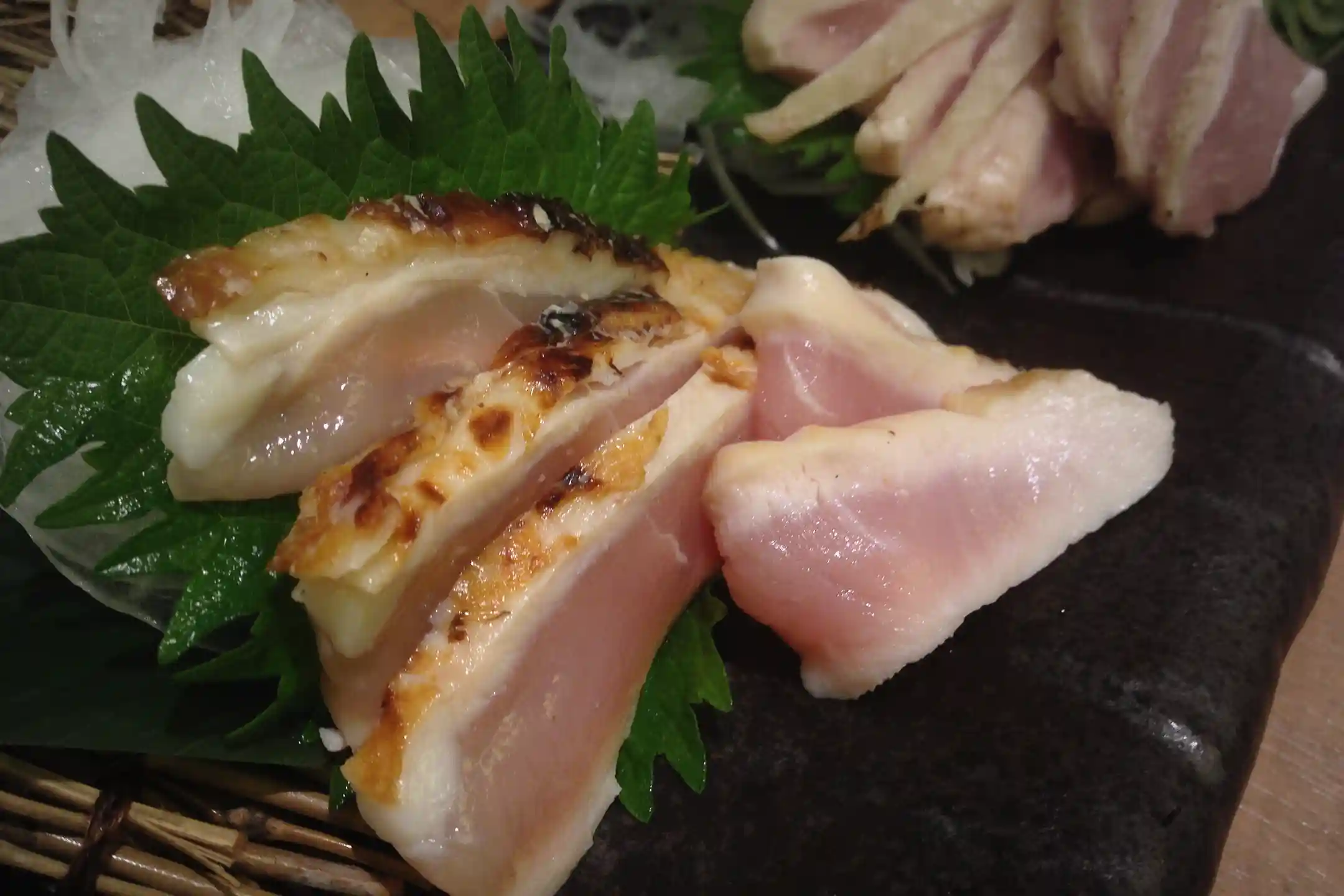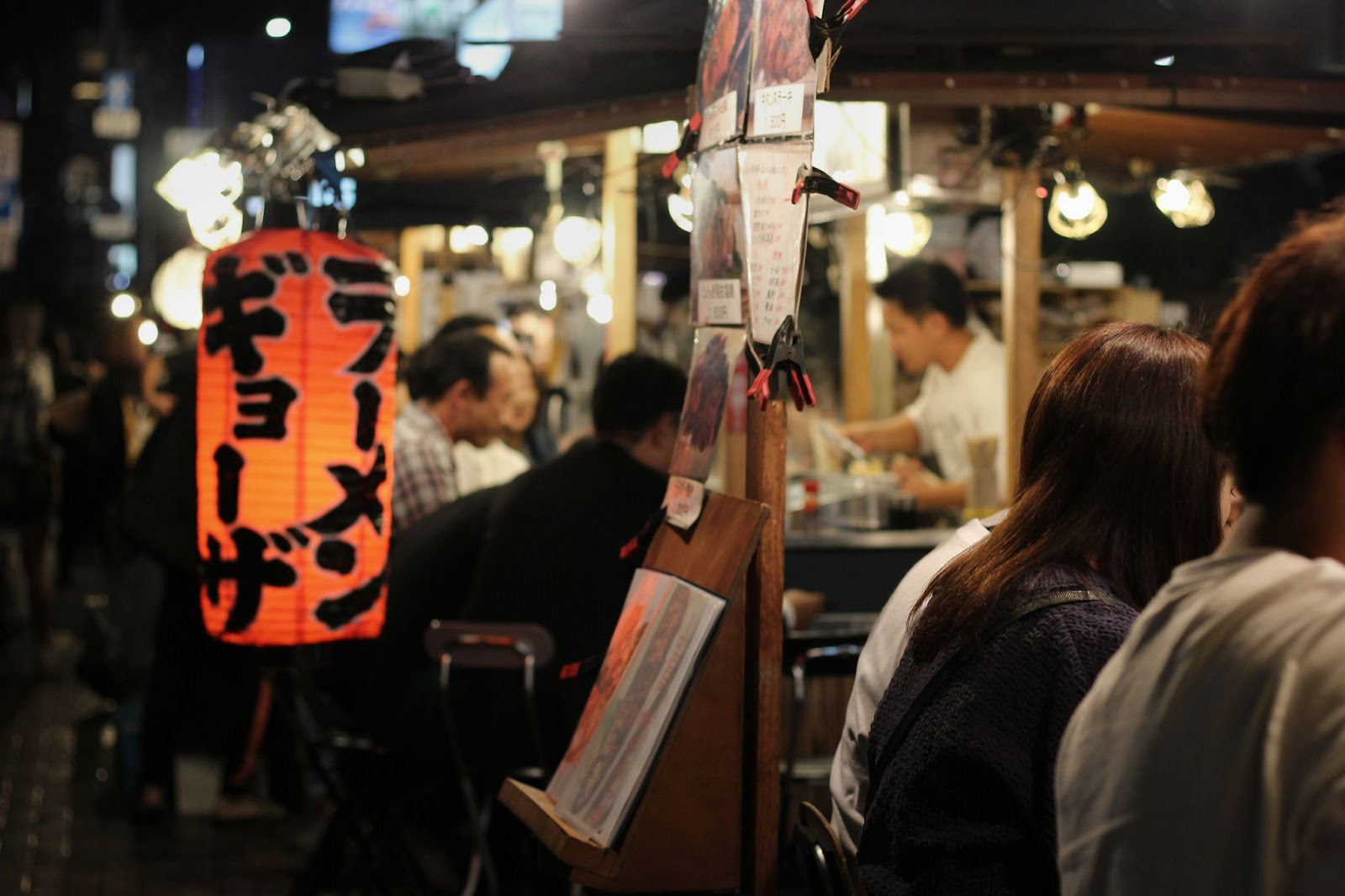For many visitors from Europe and North America, chicken may feel like an everyday ingredient. Yet when you encounter Japan’s jidori chicken—carefully preserved and patiently raised since ancient times—you soon realize this is no ordinary bird. Because these chickens carry the bloodlines of historic breeds and grow slowly in wide, stress-free environments, they offer a depth of flavor so profound you might call it culinary artistry.
From afar, jidori can look like “over-privileged” poultry, but that impression simply mirrors the gap between food cultures and highlights the enduring respect Japan shows its chicken-raising heritage. Precisely because such contrasting viewpoints exist, jidori sparks dialogue between Japan and the West and now serves as a delicious bridge that invites mutual understanding.
In the pages ahead, you will explore jidori from several angles—its legal definition and hallmark traits, its lavish umami and historical roots, celebrated regional brands, and practical pointers for enjoying it at home. With Japan’s cultural backdrop and the contrasts with Western food culture in mind, let’s unravel why jidori commands such special reverence and how you can savor it yourself.
Definition and Characteristics of Jidori Chicken
“Jidori” refers to chickens whose lineage contains at least 50 percent genes from indigenous Japanese breeds that pre-date the Meiji era. Under Japan’s Agricultural Standards (JAS), strict requirements apply: birds must be reared for a minimum of 80 days, allowed free range from day 28 onward, provided generous space, and monitored under detailed welfare rules (*1). Only chickens meeting every criterion may carry the jidori name.
Producers favor time and attentive care over efficiency, so jidori meat develops firm muscle fibers and a layered, nuanced flavor. By contrast, broilers in large-scale Western systems often reach market weight in roughly 40–50 days (*1). Discovering this slow-food ethos encourages you to value craftsmanship and rethink what “investing in ingredients” means.

Jidori’s reddish flesh, concentrated savoriness, and pleasantly springy bite are praised in Japan as rewards for meticulous husbandry. Frequent movement strengthens the birds’ muscles, while low-stress living concentrates delicious compounds in the meat. This respect for an animal’s natural rhythm echoes the global trend toward food “as close to nature as possible.”
The Abundant Umami of Jidori
Because jidori grow slowly, the balance among muscle fibers, fat, and savory compounds such as amino acids and inosinate reaches exquisite harmony (*2). The instant you take a bite, a condensed, almost orchestral richness spreads across your palate—truly “luxurious” in every sense. Jidori retain less water than broilers, giving the meat its signature firm, elastic texture that Japanese cuisine values for letting ingredients speak for themselves.
.webp?width=750&height=500&name=Nagoya%20Cochin%20(a%20type%20of%20Jidori%20chicken).webp)
Although chicken dishes are beloved worldwide, jidori’s personality differs markedly from birds grown quickly. Whether you treat that as a “distinct character” or find it “astonishingly new” depends on your palate, yet both reactions enrich cross-cultural discovery. Many diners willingly pay the premium price because one taste reveals layers of flavor that linger long after the meal. Use jidori for stock and the resulting broth turns luxuriously dense; drop it into a winter hot pot and the soup glows with golden depth (*1).
The History and Traditions Woven into Jidori
Indigenous chicken breeds have been handed down across Japan, and today’s jidori crowns those preservation efforts. Behind every bird lies local history and community pride. During the Edo period, some areas raised fowl for regional tribute or cockfighting, polishing each breed’s distinct strengths.
Imported breeds once pushed native lines toward decline, but renewed appreciation for tradition has recently revived them. The process of tailoring husbandry to climate and terrain may look old-fashioned, yet it reflects values modern society is rediscovering: belonging to one’s land and valuing small-scale production.
When you taste jidori in its birthplace—while chatting with producers who farm at a human scale—you experience living heritage that deepens any journey far beyond the plate.
Representative Brand Jidori (Nagoya Cochin, Hinai Jidori, Satsuma Jidori)
Nagoya Cochin — Aichi Prefecture
Born in the Meiji era by crossing local birds with larger overseas breeds, Nagoya Cochin is famous for its reddish meat and robust flavor (*1). After post-war imports threatened its survival, local passion fueled a comeback, and today it stars in everything from oyakodon to yakitori.
Hinai Jidori — Akita Prefecture
Descending from the indigenous Hinai breed, this bird delivers pronounced chew and deep umami (*2). In snowy Akita, “kiritanpo nabe” hot pot infused with Hinai stock warms body and soul, connecting you with centuries-old culinary customs.

Satsuma Jidori — Kagoshima Prefecture
Rooted in Kagoshima’s historic cockfighting culture, Satsuma Jidori balances fat and muscle superbly (*3). Charcoal-grilled or served tataki-style, its flavor lingers with a satisfying depth.Together with Miyazaki’s Jitokko, these three are often grouped as Japan’s “Three Great Jidori,” each inviting you to taste regional identity through flavor.
Japanese Culinary Repertoires That Highlight Jidori
Lovingly raised across Japan, jidori combines muscular strength from indigenous genetics with the freedom of free-range rearing (*1). Its firm bite and profound taste shine in two classic preparations:
Charcoal Grilling and Skewers
Flash-searing jidori over intense charcoal locks in smoky perfume while juicy meat bursts forth. Each yakitori skewer is treated as a tiny work of art, celebrating textural contrasts between cuts. Experience Miyazaki’s lively “jidori charcoal grill,” and you’ll smell festival culture in every sizzling bite.

Hot-Pot Dishes and Kaiseki Courses
Drop bone-in pieces into simmering broth and watch the soup turn crystalline gold. Even minimalist seasoning in mizutaki or kiritanpo nabe satisfies, while kaiseki chefs weave jidori into multiple courses that honor seasonal produce. Such subtle variations embody Japan’s talent for elevating each ingredient without overshadowing its essence.
Enjoying Jidori at Home
Sampling jidori where it’s born is unforgettable, yet cooking it yourself lets you keep the story alive.
Selecting and Purchasing Jidori
Inside Japan, the “jidori” label certifies indigenous lineage and free-range care. Brand names like Nagoya Cochin and Hinai Jidori now appear in many supermarkets (*1). Overseas, import rules can limit access, so look for “free-range” or “heritage-breed” chicken. In the United States, “Jidori® Chicken” borrows the concept—while not indigenous, its active lifestyle offers similarly rich taste.

Cooking Tips and Recipe Pointers
- Tenderize without over-processing: Lightly pierce thicker cuts to help heat penetrate, but avoid shredding fibers.
- High-heat sear for aroma: Charcoal is ideal, yet a hot skillet or broiler achieves a satisfying crust (*2).
- Rich broth for hot pots: Simmer bone-in pieces to release marrow-deep flavor, then finish with rice or udon.
- Harness Japanese fermentation: Shio-koji, miso, or soy sauce marinades gently soften the meat while adding depth.
%2c%20served%20at%20an%20Izakaya.%20The%20smoky%20aroma%20from%20the%20charcoal%20enhances%20the%20meat%2c%20often%20garnished%20with%20baby%20green%20onions%20and%20a%20squeeze%20of%20lemon.webp?width=750&height=500&name=Charcoal-grilled%20Jidori%20chicken%20with%20miso%20(or%20Miso-grilled%20Jidori%20chicken)%2c%20served%20at%20an%20Izakaya.%20The%20smoky%20aroma%20from%20the%20charcoal%20enhances%20the%20meat%2c%20often%20garnished%20with%20baby%20green%20onions%20and%20a%20squeeze%20of%20lemon.webp)
Note: Some Japanese restaurants serve jidori raw thanks to precise supply chains, but at home you should cook it through. Even fully done, jidori keeps its profound flavor—each step becomes an invitation to re-experience Japan’s chicken culture.
Cultural Experiences Through Jidori
Behind the word “jidori” lies a tapestry of regional histories and heartfelt human connections.
Farm Visits and Workshops
Guided tours let you walk spacious runs, mix feed, and witness the calm rhythm of the birds. You can feel Japan’s “attention to detail” in real time, making each subsequent bite more meaningful.
Cooking Classes and Community Exchange
Hands-on lessons teach you to blend jidori with dashi or pair it with Western roasting styles. Shared meals erase linguistic barriers, proving good food is a universal language.
Toward Sustainable Jidori Production
Producers increasingly embrace natural rearing and regionally circular agriculture. As worldwide concern for animal welfare rises, more consumers ask, “How was this meat raised?”
Circular, Community-Focused Husbandry
Examples include using locally grown organic feed to cut transport emissions (*1) and designing coops that let birds roam freely (*2). Supporting these farmers aligns indulgence with sustainability and strengthens rural communities.
The Fusion of Jidori and a Quality Lifestyle
Today’s food pleasure reaches far beyond nutrition. Rare, carefully raised ingredients like jidori signal a “rich life.” High-end ryokan weave farm visits, multi-course tasting menus, and hot-spring relaxation into experiences that elevate chicken to high art. Seasonal scenery, elegant plating, and regional storytelling converge, letting you savor Japan’s refined ethos through every sense.

Conclusion: The Profound World Jidori Chicken Opens in Japanese Cuisine
Jidori captivates with luscious umami, resilient texture, and a narrative that spans genetics, free-range upbringing, and regional pride. Though it represents only a small portion of Japan’s poultry, its cultural weight is immense.
Whether you grill jidori at home, stir it into a kiritanpo nabe, or savor it in a countryside inn, you join a tradition where flavor, history, and community intertwine. Add this singular chicken to your culinary adventures and taste a living story of Japan—one delicious bite at a time.
Author Bio

Natsumi Ikeshita
Experienced in B2B SaaS marketing and “omotenashi,” Natsumi directs media operations with a focus on hospitality and cultural storytelling. Her global experience and marketing skills bring fresh value to Bespoke Discovery’s content.





